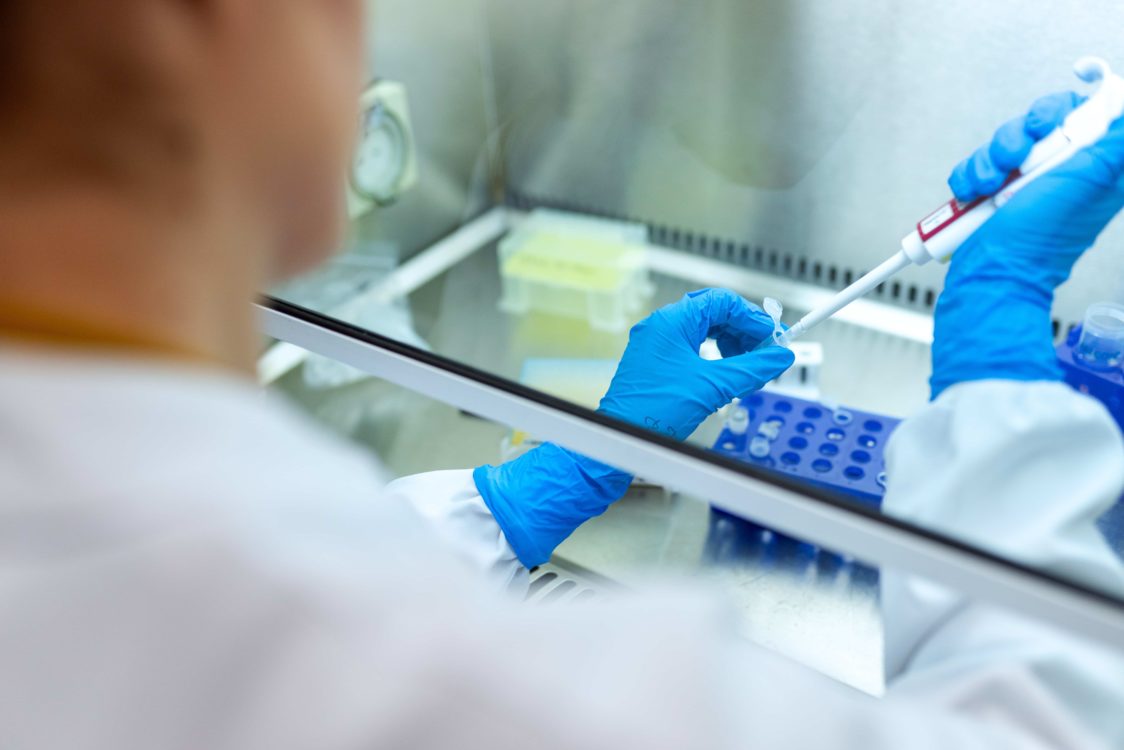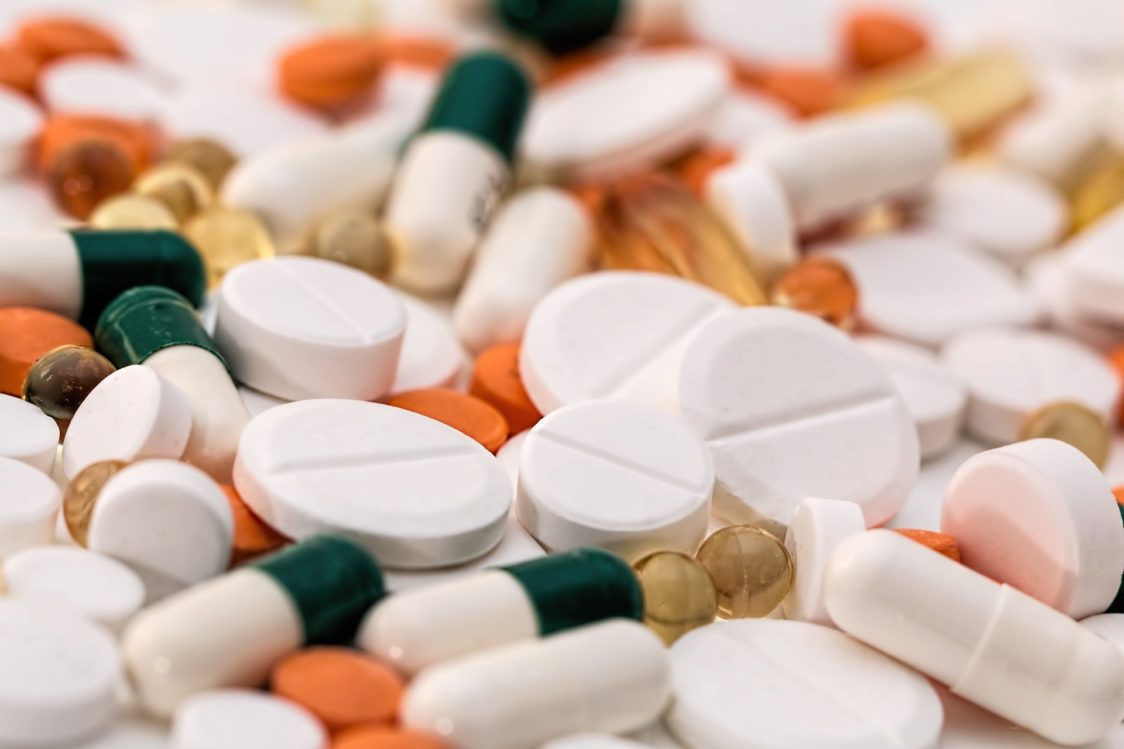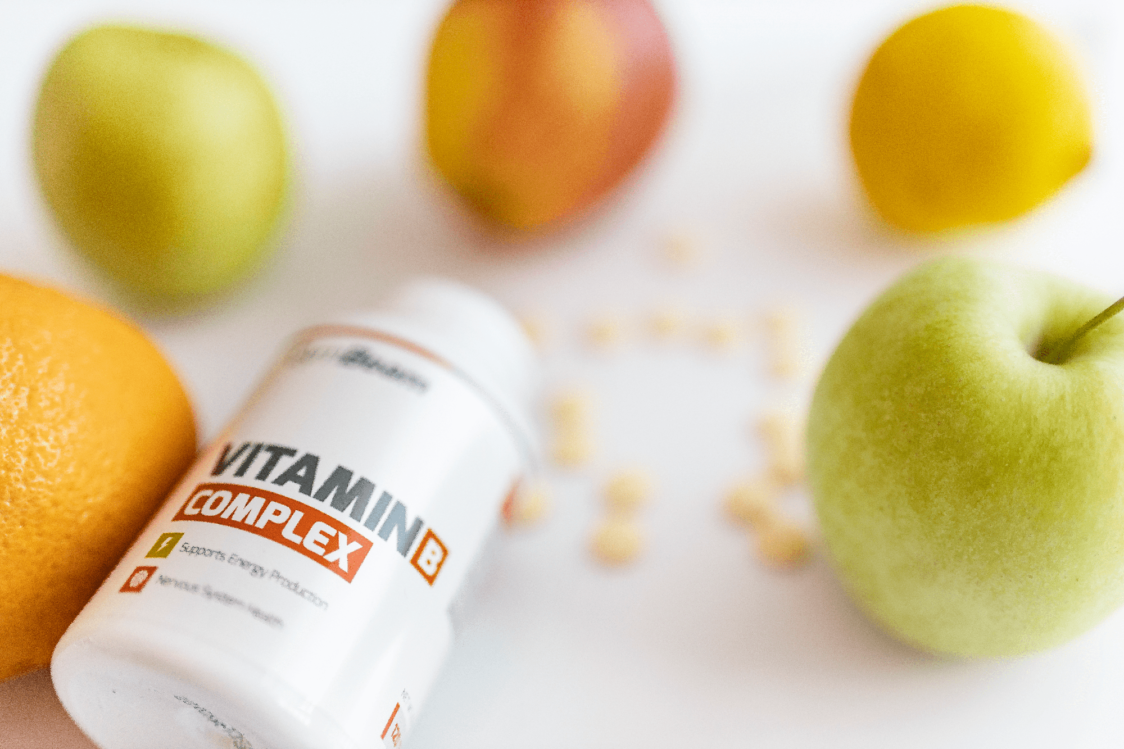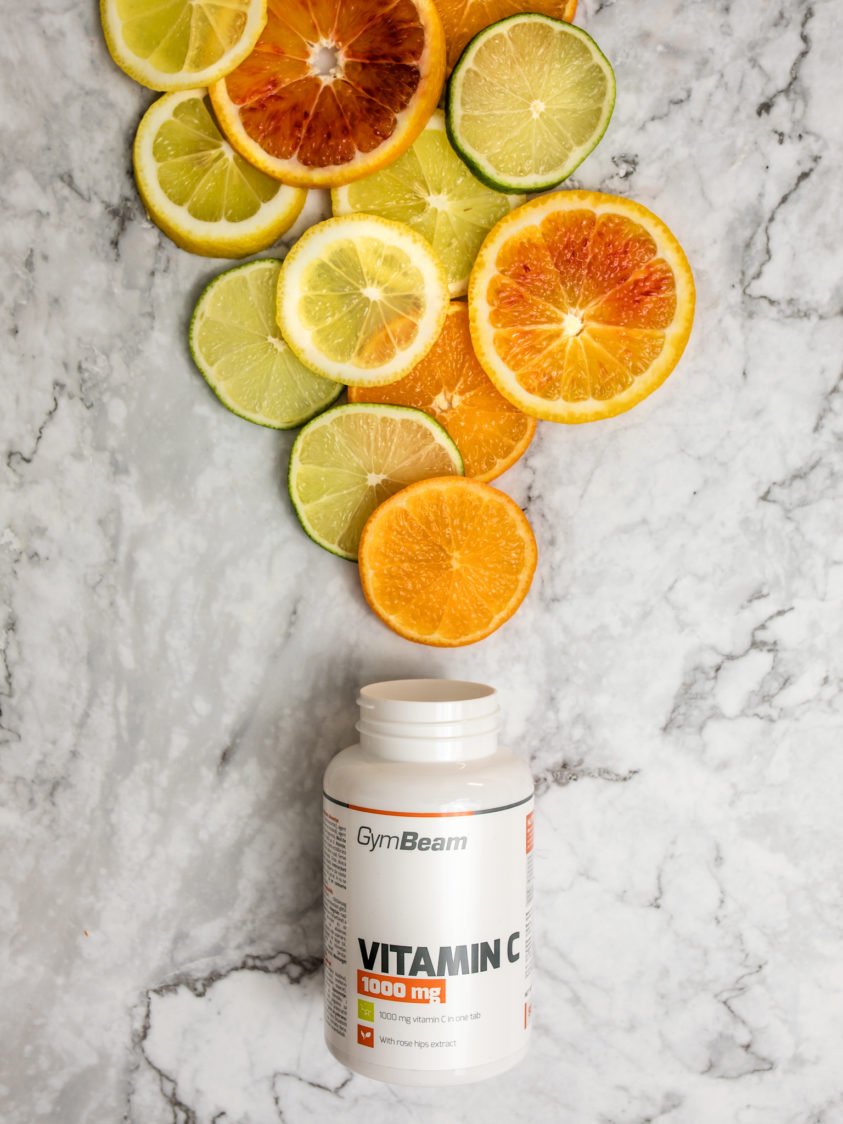Liposomal food supplements, especially vitamins and minerals, have been a hot topic lately. Is it a revolutionary discovery or just another man-made hype? In this article, we introduce you to the nature of liposomes and how this form of preservation of the active ingredient differs from conventional forms . Additionally, learn more about the research results and scientists’ views on these liposomal nutritional supplements.
Liposomes
Liposomes are bilayered lipid-based vesicles that can encapsulate and transport small molecules with low solubility in the human body . In this way it is possible to define this as a microscopic transporter in which a passenger, for example vitamin C, is to be inserted, and thanks to the liposome the passenger gets to the desired “destination”. But don’t go to us from the start.
The vesicle is something like a container that of a Lipid bilayer and separates the contents from the cytoplasm or the extracellular environment on the basis of fluid. There are different types of vesicles that contain liquids or gases. Liposomes are a kind of spherical vesicle, that can have one or more phospholipid bilayers .
The actual meaning of the word liposome derives from the Greek term “Li pos” and “Soma” from what “fat” and “body” means. So that you can well imagine it, the liposome is a “closed ball”. Its membrane is formed by the already mentioned lipid bilayer, which consists of two layers of closely arranged phospholipids. They have two parts – the head and the tail, which are very different from each other. While the heads are hydrophilic, the tails are lipophilic. So the heads “love water” and the tails “love fat”. The lipid bilayer is formed by connecting two separate membranes by “pulling” the tails together. The hydrophilic heads are turned away from each other and attracted by the surrounding water, creating a membrane.
Liposomal products have been a hit in recent years, but the liposomes themselves are a bit older. They were first described 1 961 by Alex Bangham , and scientists have been researching their uses ever since. Today their application in the field of gene distribution , biomolecules and probably the best known – drug distribution – is being introduced. Its importance is also borne out by the fact that this is the first nano-drug delivery system successfully implemented for clinical use. Nanotechnologies are a very interesting topic in themselves, so it is not uncommon for this transmission system to be interesting in several areas. Researchers have looked at its use to deliver anti-inflammatory, antifungal , or cancer-fighting genes. In addition, they are now a useful tool in various scientific fields, not only in chemistry and biology, but also in theoretical physics, biophysics or mathematics.

The discovery of a new way of distributing active ingredients has logically opened up many possible uses. The aim of the article is to present this shape and to describe its advantages and disadvantages compared to the classic shape.
Liposome types
An important characteristic of L iposomes is their size , which can vary. They can have one or more bilayer membranes and their vesicles can be 0.025 [mu] m. m (small) to 2.5 µm m (large). Liposomes are divided into 3 types, which are used for other drugs and target cells:
- Multilamellar Vesicles (MLV)
- Small unilamellar vesicles (SUV)
- Large unilamellar vesicles ( LUV)
Unilamellar vesicles have 1 phospholipid bilayer that coats the water solution. Multilamellar vesicles logically have several layers (one in the other) and are separated by one Separate water layer. S you can imagine the shape of multilamellar liposomes as onions or matryoshka dolls. The size or structure of the liposomes is important because it determines how much of the closed substance is contained in them, but also the half-life .

In addition to size and shape, Liposomes also differentiate between the phospholipids used in production [8] :
- Phospholipids from natural sources
- Modified natural phospholipids
- semi-synthetic phospholipids
- Fully synthetic phospholipids
- Phospholipids with “unnatural” groups of heads
Advantages and disadvantages of the liposomal form
The liposomal form is an interesting alternative, but also has advantages and disadvantages. This is due, for example, to a wide range of products of different quality. For a better overview, we present their strengths and weaknesses:
Advantages of liposomes:
- practical for the consumer
- beneficial for people with Difficulty swallowing a tablet
- the same effect at a lower dose
- have a higher bioavailability
- higher oral absorption and lymphatic absorption
- higher cell release
- You can use both hydrophobic as well as hydrophilic components

Disadvantages of liposomes:
- higher costs
- produ ction problems such as high particle size
- instability of some products
Liposomal Supplements
The liposomal form of drugs is used in different areas of pharmacology and medicine, and nutritional supplements are one of those areas. There are a wide variety of vitamins and other nutrients in liposomal form on the market. But are liposomal supplements any better? The best source of relevant information is research. Therefore, we created the results of several studies that tested the functionality of liposomal forms of dietary supplements.
One of the nutrients examined was, for example Vitamin B12, the deficiency of which is a common problem for people regardless of age. The classic method of treating vitamin B12 deficiency is intramuscular injection. Therefore, researchers have studied the change in vitamin levels with liposomal supplementation. The study included 53 people of both sexes and lasted approximately 7 months . The participants were “non-vegetarians” over 5 0 years of age and received sublingual (under the tongue) vitamin B12 three times a day with a daily dose of 1000 μg methylcobalamin. According to the results, B12 levels increased by an average of 54.68% after the first week, by 105.51% after one month and by up to 270% after two months. Thus, supplementing the liposomal form of B12 clearly makes sense. It is a shame that this research did not include a comparison with the usual “non-liposomal” form, as they say themselves, it would be interesting to check whether the liposomal form is better than the usual.

In addition to vitamins, there are also other nutrients such as the mineral magnesium in liposomal form. A study from 2018 examined the bioavailability of magnesium in Sucrosomial® Magnesium. It is a product that contains magnesium oxide, which is protected by a liposome-like structure. The study consisted of two methods, one of which examined the absorption of magnesium in the intestinal mucosa isolated from rats. However, we were more interested in the results of the second method, which was used on humans. The participants received 3 50 mg magnesium in 4 forms – Sucrosomial magnesium, magnesium citrate, magnesium oxide or magnesium bisglycinate. The magnesium levels in the blood, red blood cells and urine were measured. According to the study, the Sucrosomial Magnesium formulation resulted in a higher bioavailability than the other formulations. In summary, further research is needed for higher clinical efficacy. However, this means that not only vitamins, but also the mineral magnesium in liposomal form are a more effective option than conventional tablets .
Magnesium is an important mineral and its range of effects can be wider than you think. To learn more about magnesium or magnesium, read the article – Magnesium Impairs Your Health and Muscle Mass.
Liposomal form of vitamin C.
One of the most popular liposomal products is vitamin C, that has different functions in the body and is present in many processes . Vitamin C can be taken orally as well as intravenously , but in both cases there is a catch. It has been shown that vitamin C administered intravenously, i.e. H. With the needle, reduces oxidative stress. However, according to a 2016 study, it can also improve physiological functions in adults. What is the problem? Oral The form of the vitamin is less effective than the intravenous one, which is due to its lower bioavailability. Intravenous administration is effective but also invasive and one is usually not a fan of needles. A possible alternative is vitamin C in liposomal form, the effectiveness of which was examined in the study.

The study included 11 participants who were divided into 4 groups – 1. placebo, 2. oral unencapsulated form, 3. oral form encapsulated in liposomes and 4. intravenous form. The study leads to better bioavailability of vitamin C in liposomal form than in conventional non-encapsulated form. According to the results, the concentration of vitamin C in the bloodstream in encapsulated form with liposomes was higher than in non-encapsulated form, but lower than with intravenous administration. It is therefore clear that the absorption of vitamin C in liposomal form is actually better.
According to a study from 2016, the liposomal form of vitamin C may be of interest to athletes. They are more likely to suffer from upper respiratory tract infections caused by exercise stress. Vitamin C is effective in reducing symptoms, but also the incidence of colds not only in athletes but in people in general physical exertion. The liposomal form can therefore address the limitations associated with nutrient uptake and bioavailability. The results show that there are few studies that map the absorption and health effects of l iposomal products and no sports-oriented research that addresses the issue. It would definitely be interesting to compare the effectiveness of vitamin C in various forms in athletes with endurance or strength training. We believe that this is already being worked on somewhere and that we will soon have positive information about the importance of the liposomal form of Vitamin C.
Vitamin C is the key to full health as it is involved in several processes. Would you like to learn more about him? Read our article – Vitamin C: Everything you need to know about it until it’s too late.
Disadvantages of liposomal “ Wonder ”
If you thought we were too positive so far, then you are. The liposomal form is a great opportunity, but new discoveries that are completely devoid of negatives are seldom made. It is therefore justified to point out the possible disadvantages that may be associated with the use of liposomal products.
Phospholipids in liposomes
If you remember , we state in one of the previous chapters that the phospholipids used to encapsulate the active ingredient can come from different sources. Lipids are essentially fats, and not all fats are beneficial to the body. Phospholipids consist of fatty acids and phosphates, and these can be both unsaturated and saturated, which are not currently desirable fats. In this case it depends on the product, for example there are liposomal forms with sunflower phospholipids , which are healthy because they contain unsaturated fatty acids. If you can, double-check the origins of the phospholipids in these products.
Different quality of liposomes
Liposomes are both spherical vesicles and emulsions, as the emulsion is a combination of oil and water. The reverse is not true, and therefore not all emulsions are liposomes. So it is not enough to combine vitamin C powder, lecithin and distilled water at home, use ultrasound – you will not get a liposomal form of vitamin C. Dietary supplements containing vitamins and phospholipids can be an emulsion, but may not be liposomal Supplements. In addition, the size of the liposome is important as smaller liposomes have shown significantly higher absorption. One study even states that reducing the size of liposomes from 236 nm to 97 nm increased cell uptake up to 9-fold and even 34-fold when it was reduced to 64 nm. In the case of Liposomes, therefore, we can say that size is important. [17]
New and new products with different production processes are constantly appearing on the market. With liposomal products, too, it is important to pay attention to quality and to differentiate. Are you thinking about buying vitamin C in liposomal form? Avoid vitamin C esters when choosing. Such fat-soluble forms of vitamin C include, for example, cetyl ascorbate, ascorbyl oleate or ascorbyl palmitate. The reason for choosing other forms is because they have little or no advantage over traditional vitamin C. Try to turn your attention to N liposomal dietary supplements (educated or pro-liposomal) that contain vitamin C and phospholipids such as phosphatidylcholine . It’s a substance found in foods like sunflowers, eggs, or soy.
If you are not a fan of are GMOs or have a certain intolerance, pay attention to the vitamin C source and concentrate on vitamin C without GMOs, gluten, soy and dairy products. The aim of the article is to present the liposomal form of drugs, to show the advantages and disadvantages and to provide research results. There aren’t many studies looking at diet supplements and from the sources available we can say that liposomal diet supplements have the benefit of better bioavailability. It is therefore possible that you absorb more nutrients with this form than with the classic form of a tablet or capsule. However, this does not mean that all daily supplements belong in the trash. Liposomal products also have their drawbacks and therefore traditional tablets remain popular. However, it would be interesting to watch future research in this area that may yield more products. It would be great if liposomal supplements could have particularly poorly absorbed nutrients. Would you like your friends to know about the liposomal form of drugs and supplements? Feel free to support the article by sharing it.
